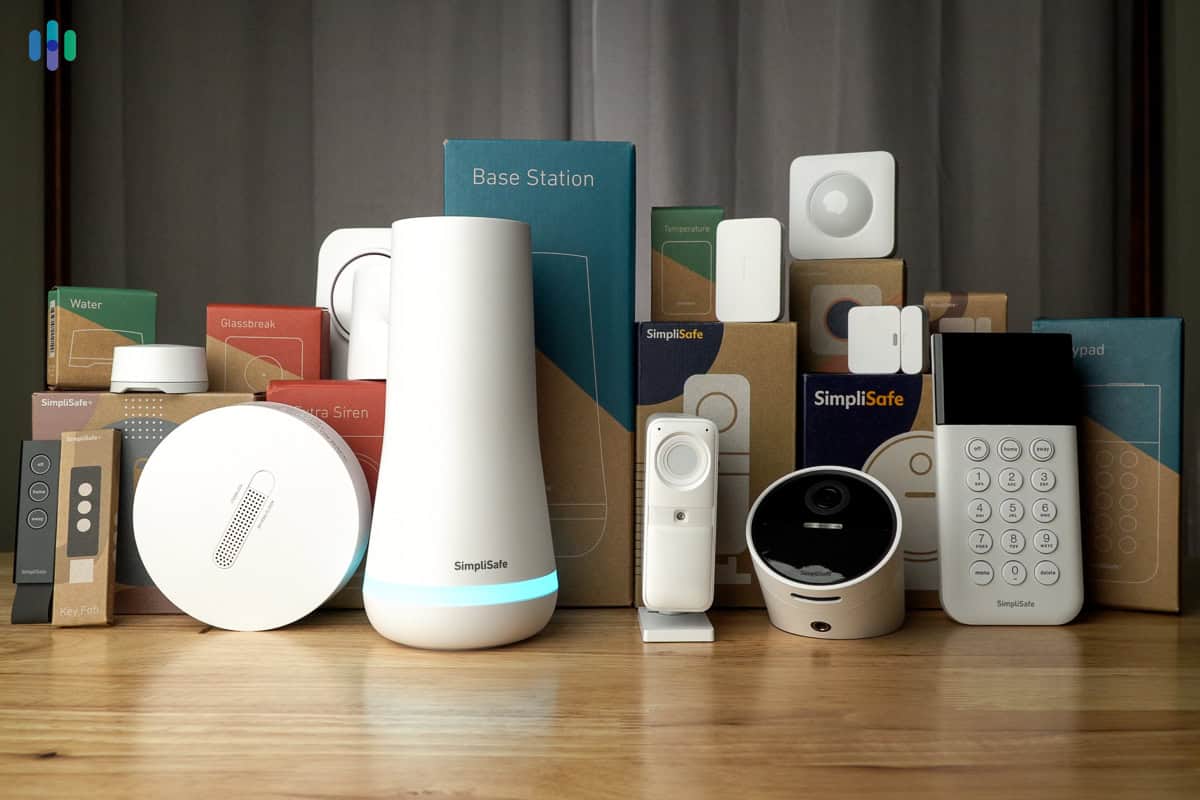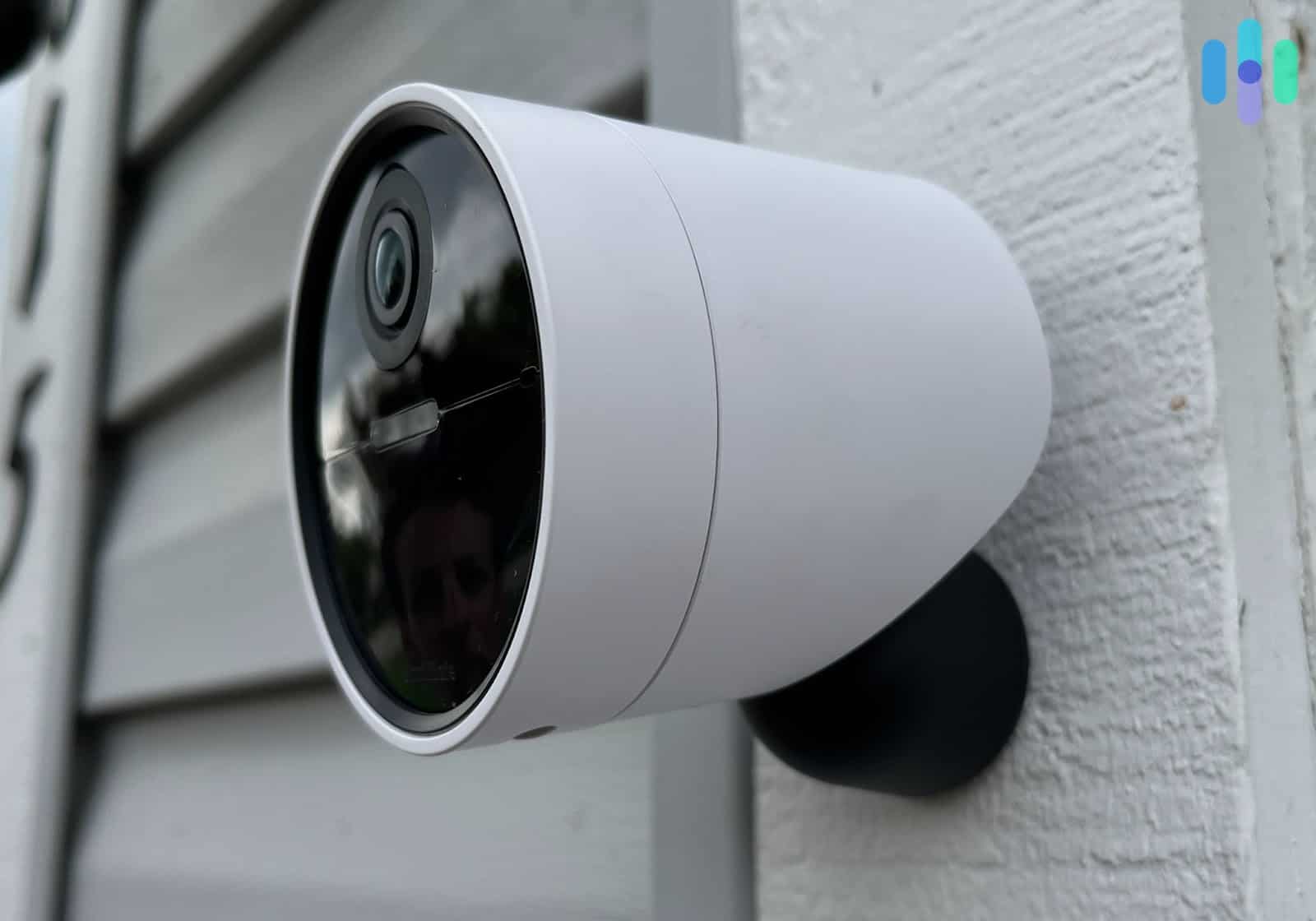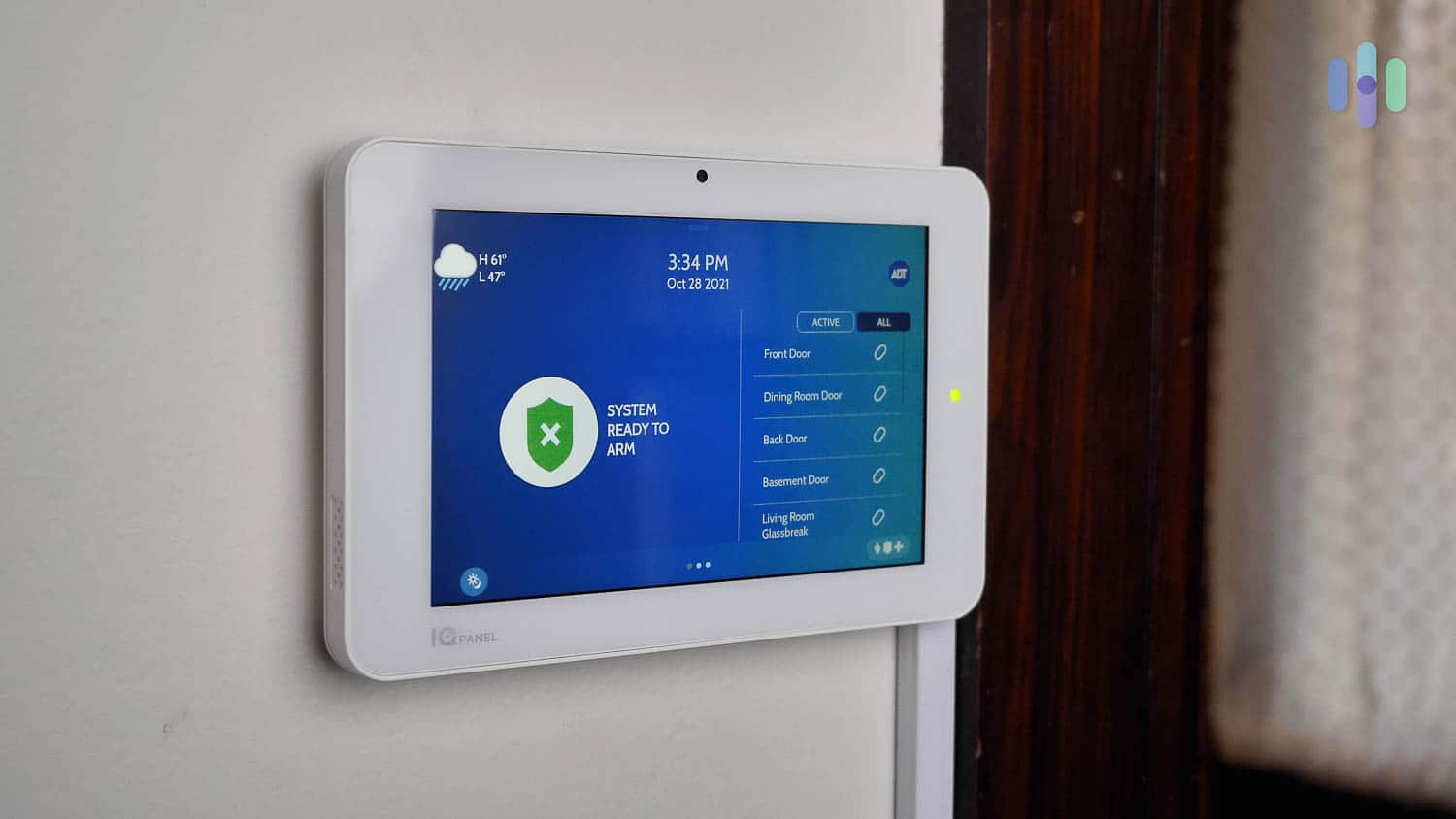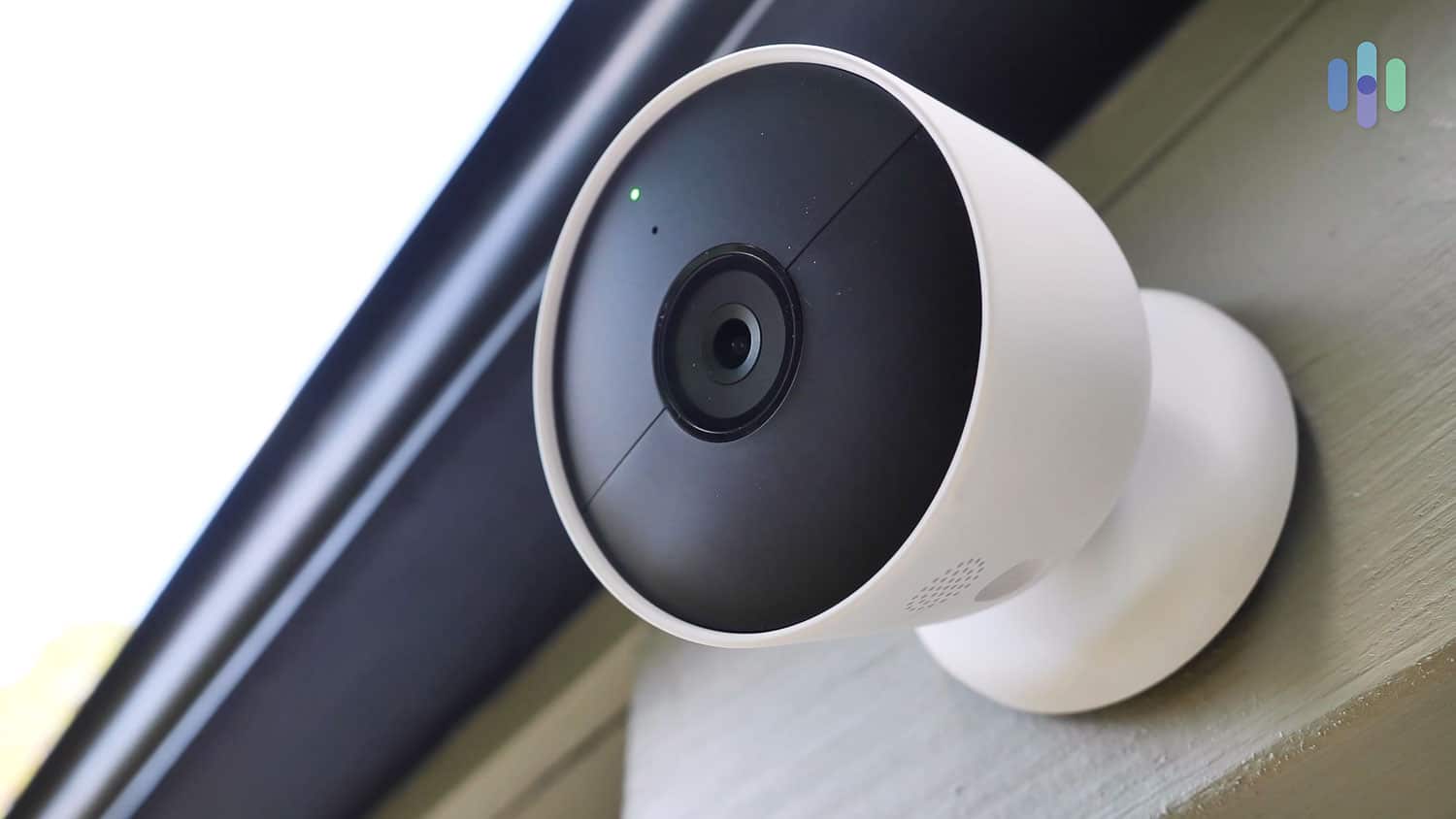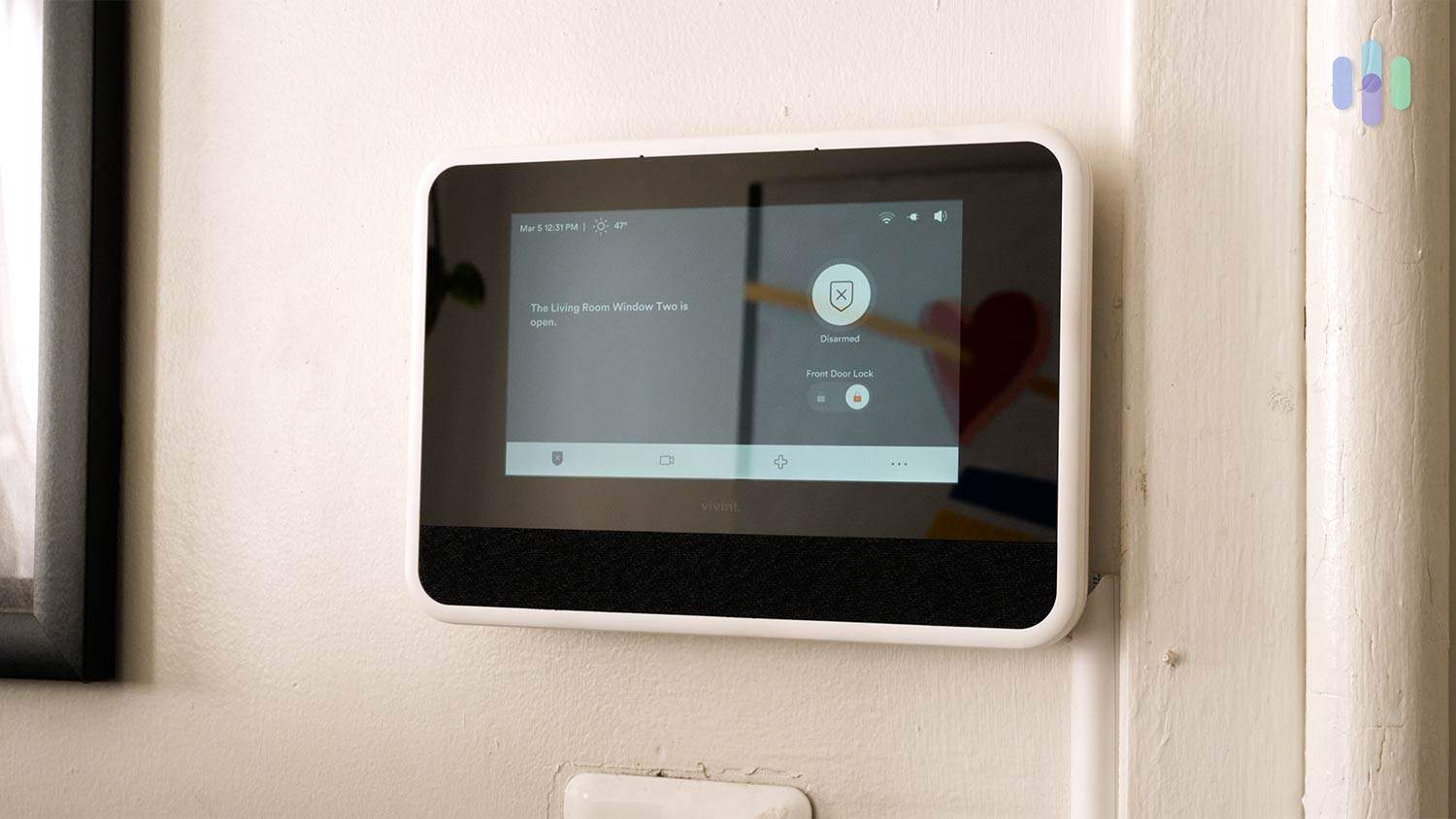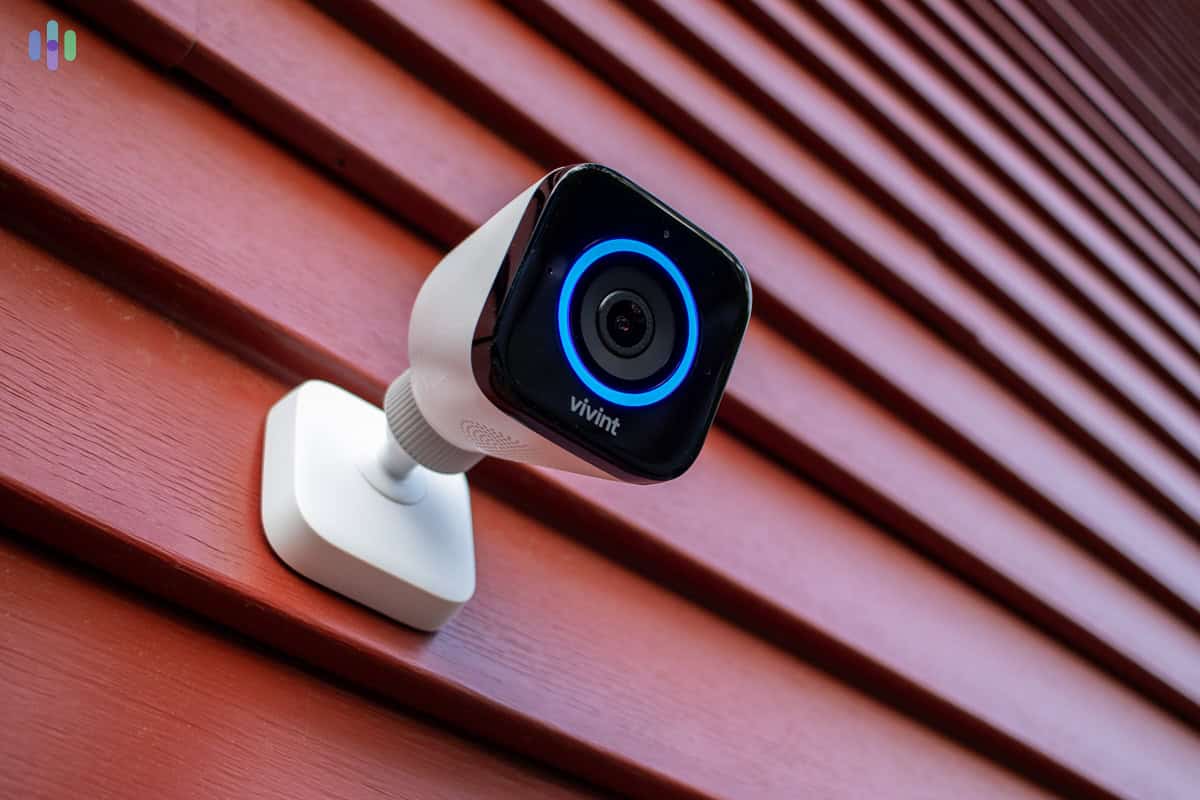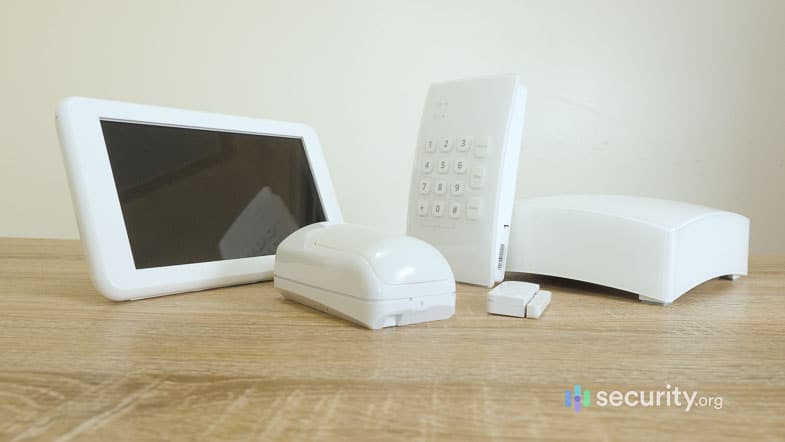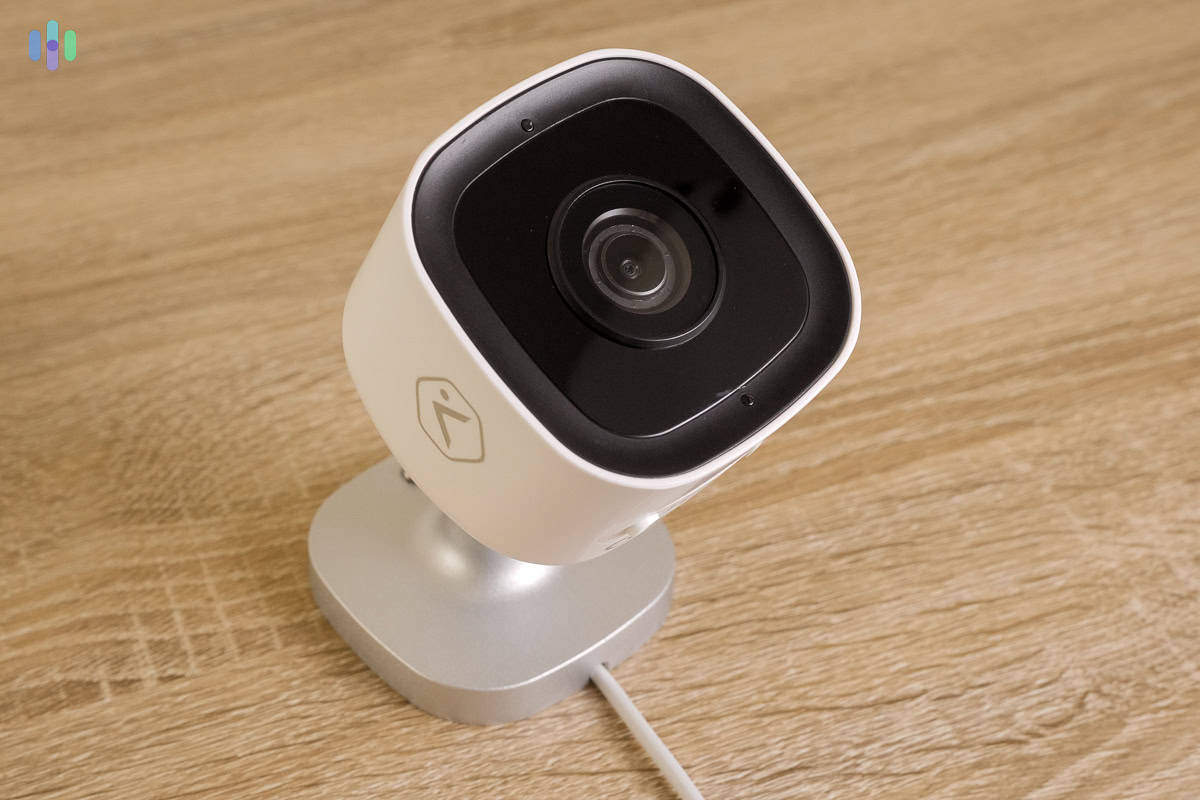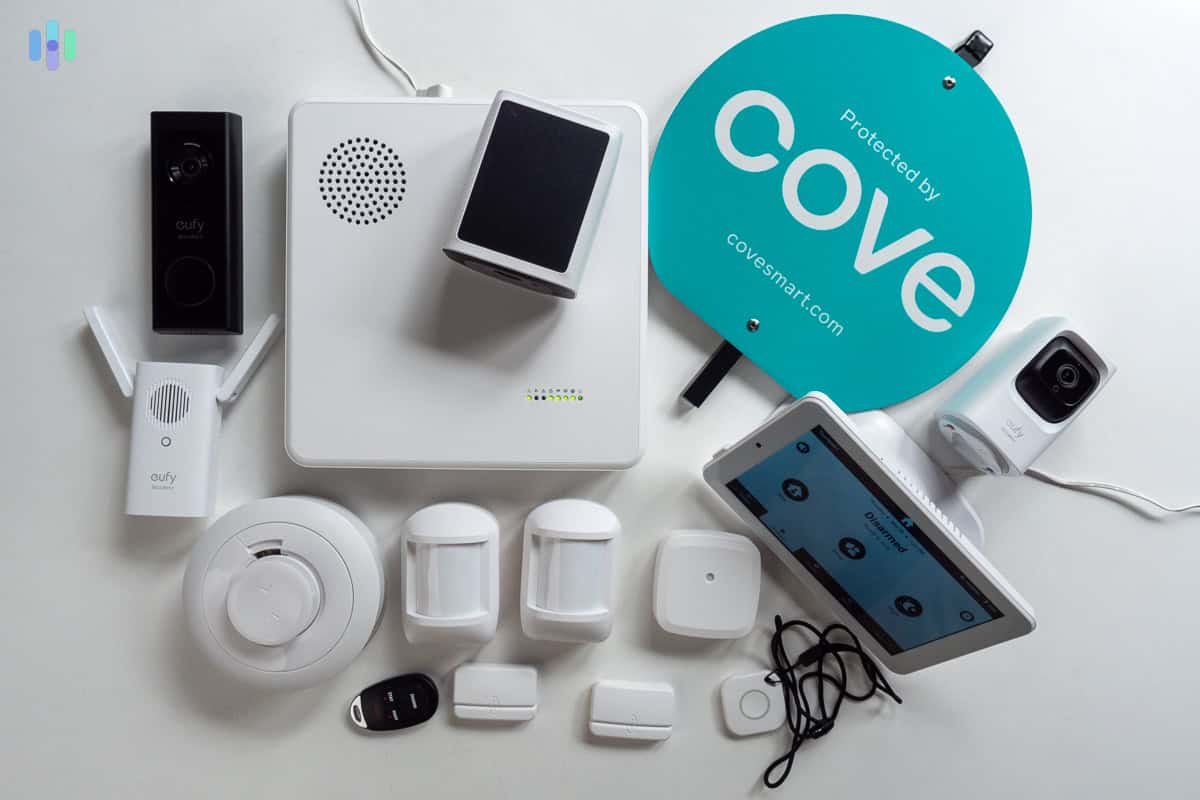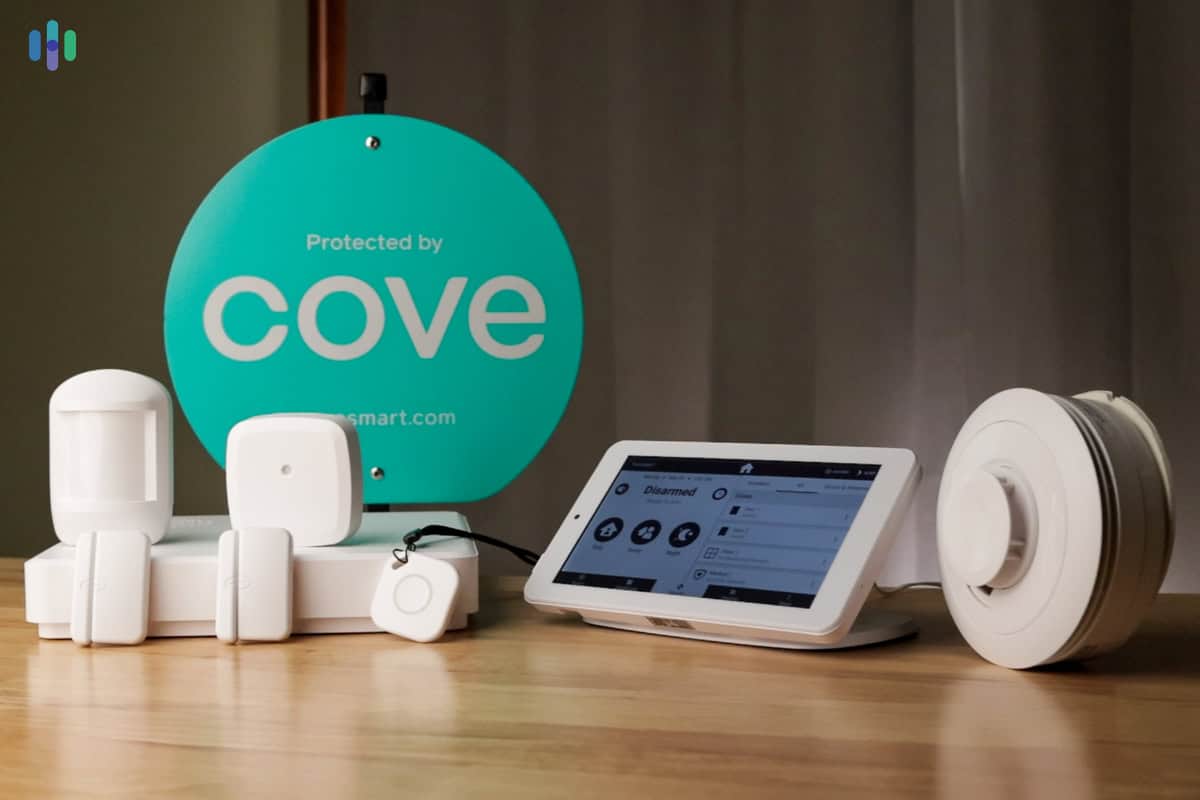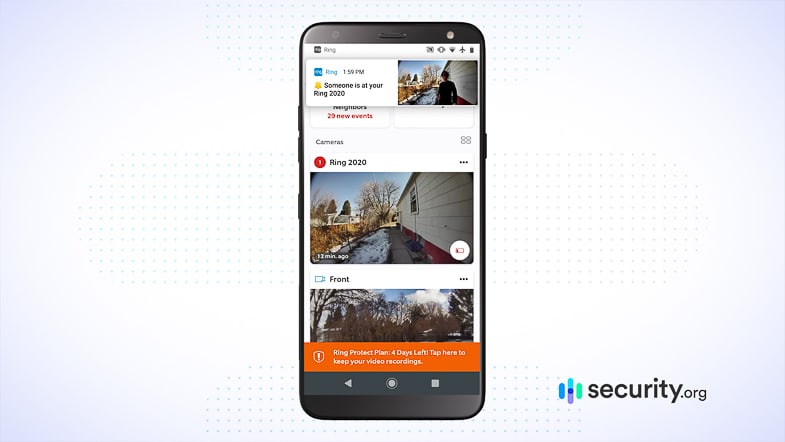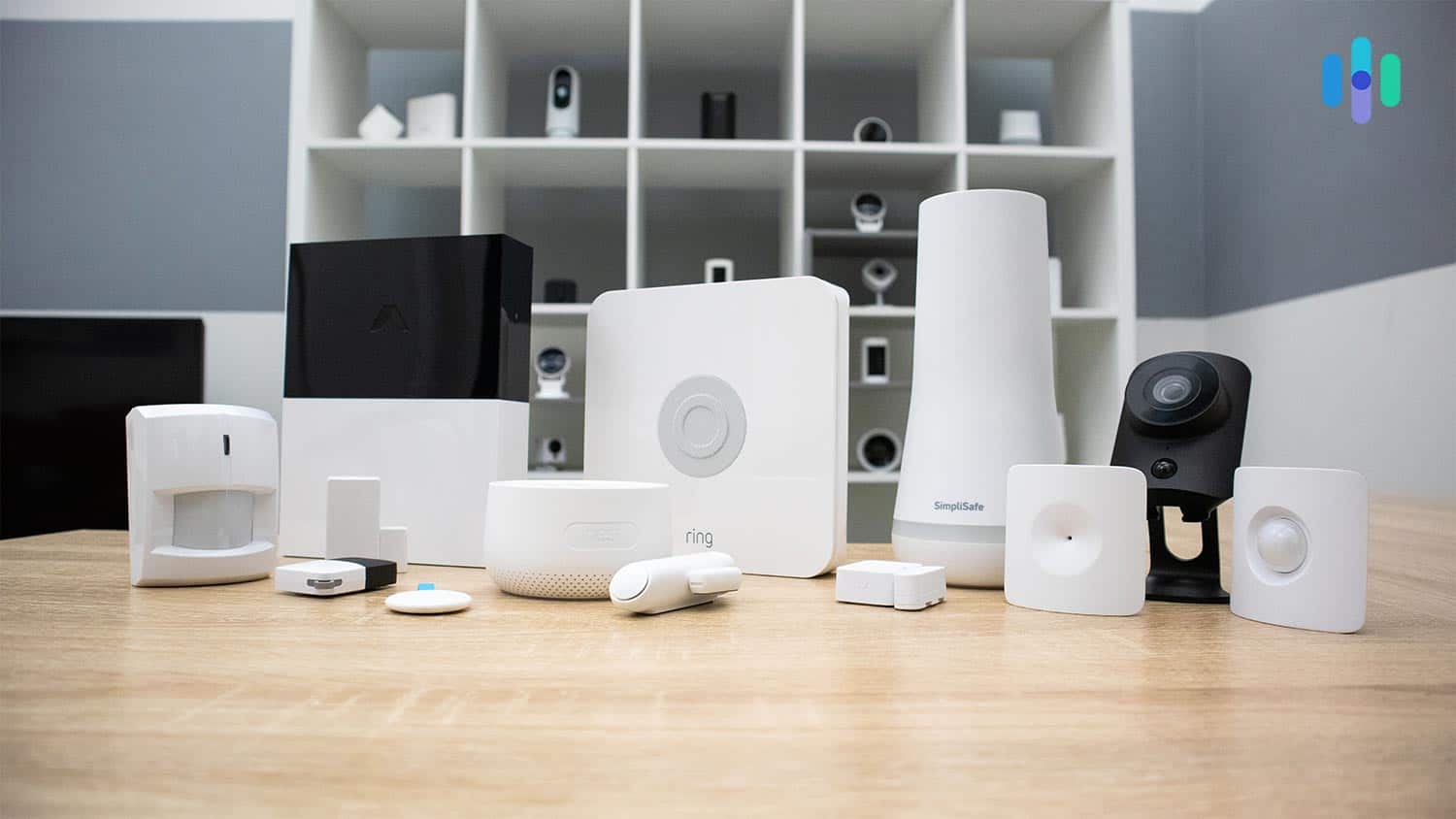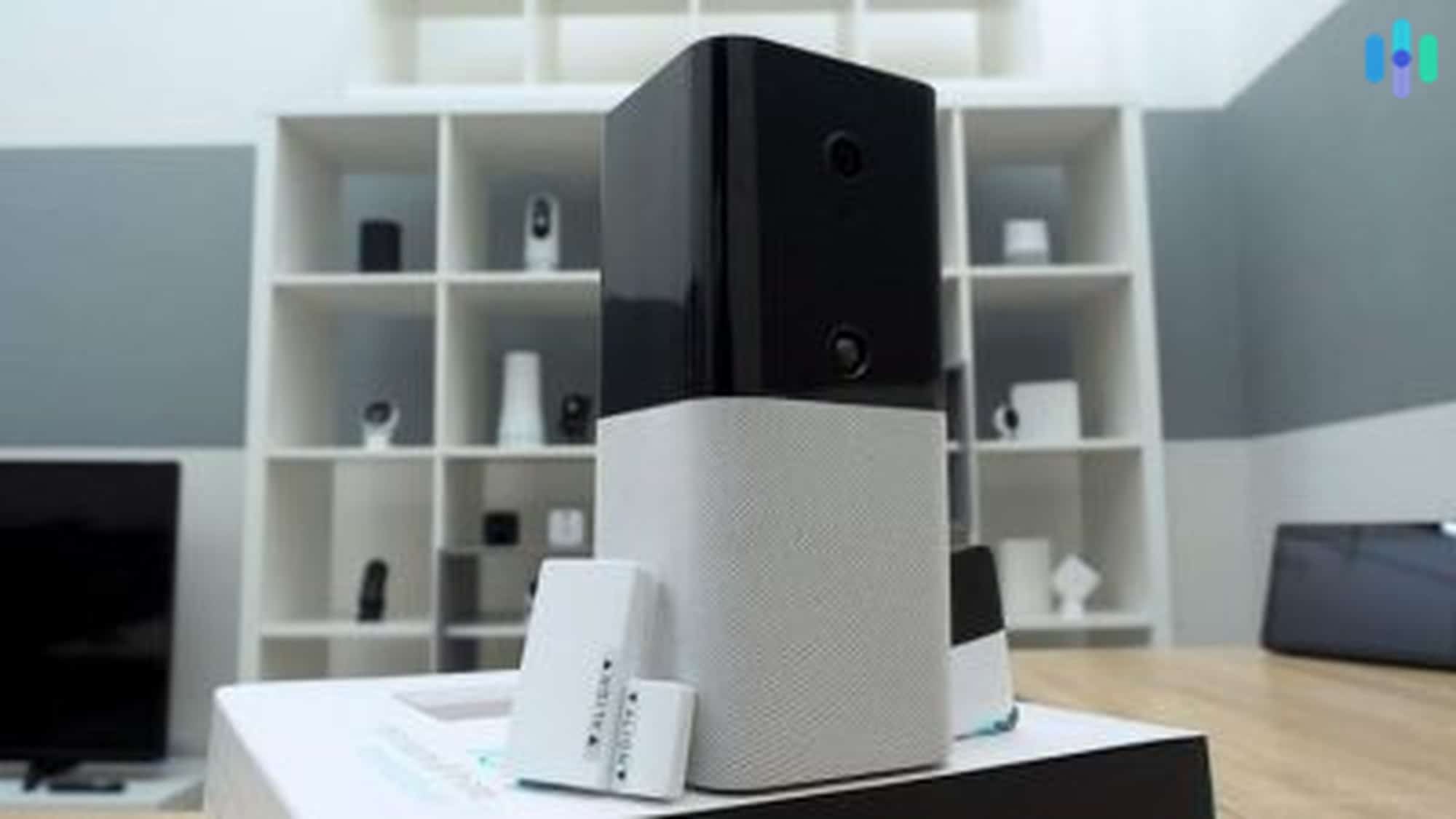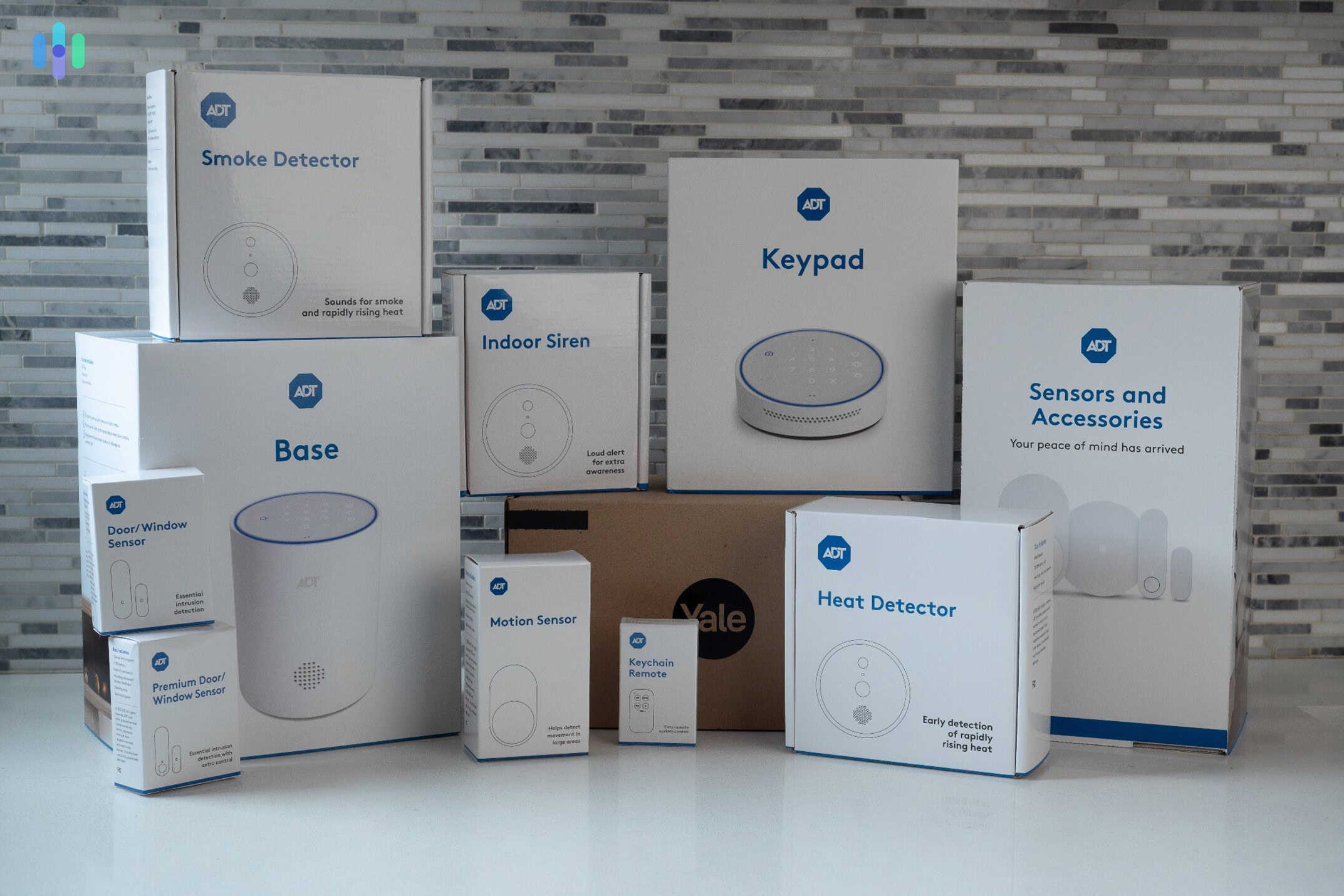Best Cellular Security Systems in 2025
We recommend SimpliSafe if you need a security system that works with Verizon and T-Mobile and when the internet is down.

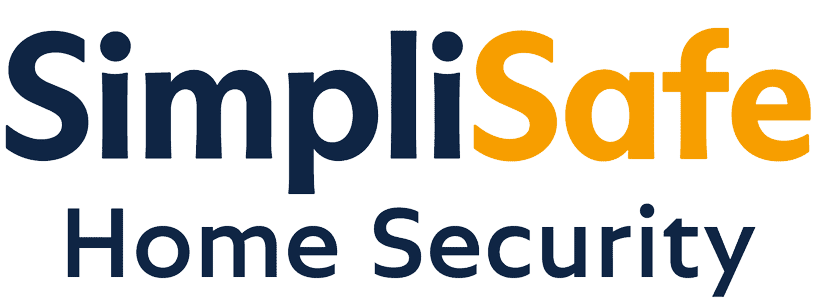
- Cellular backup is available via Verizon on all professional monitoring plans
- The cellular connection keeps the SimpliSafe Base Station online so all your equipment stays operational
- The Base Station also has 24-hour backup battery if you lose power to the home
- Cellular backup is available via Verizon on all professional monitoring plans
- The cellular connection keeps the SimpliSafe Base Station online so all your equipment stays operational
- The Base Station also has 24-hour backup battery if you lose power to the home

- ADT’s security system is designed to stay online 24/7
- ADT+ app alerts you to cellular errors and suggests how to improve the connection
- All professional monitoring plans include cellular connections.
- ADT’s security system is designed to stay online 24/7
- ADT+ app alerts you to cellular errors and suggests how to improve the connection
- All professional monitoring plans include cellular connections.

- The Vivint Smart Hub connects to the LTE network and uses Wi-Fi as a backup
- The system is suitable in remote locations where you don’t have a reliable Wi-Fi connection
- It’s professionally installed ensuring optimal coverage and network connections
- The Vivint Smart Hub connects to the LTE network and uses Wi-Fi as a backup
- The system is suitable in remote locations where you don’t have a reliable Wi-Fi connection
- It’s professionally installed ensuring optimal coverage and network connections
Cellular home security systems are great for securing remote properties or creating a reliable wireless home security system that stays online during internet outages. In fact, many of the best home security systems are cellular systems. That means differentiating these security systems comes down to more than just cellular capabilities.
To rate and rank them, we looked at the quality of equipment, professional monitoring plans, cost, and more. Right now, we think SimpliSafe and ADT are the best cellular systems for their top-notch monitoring services. We also like cellular systems from Vivint, Frontpoint, and Cove. Let’s go into the details so you can decide on a cellular home security system for your property.
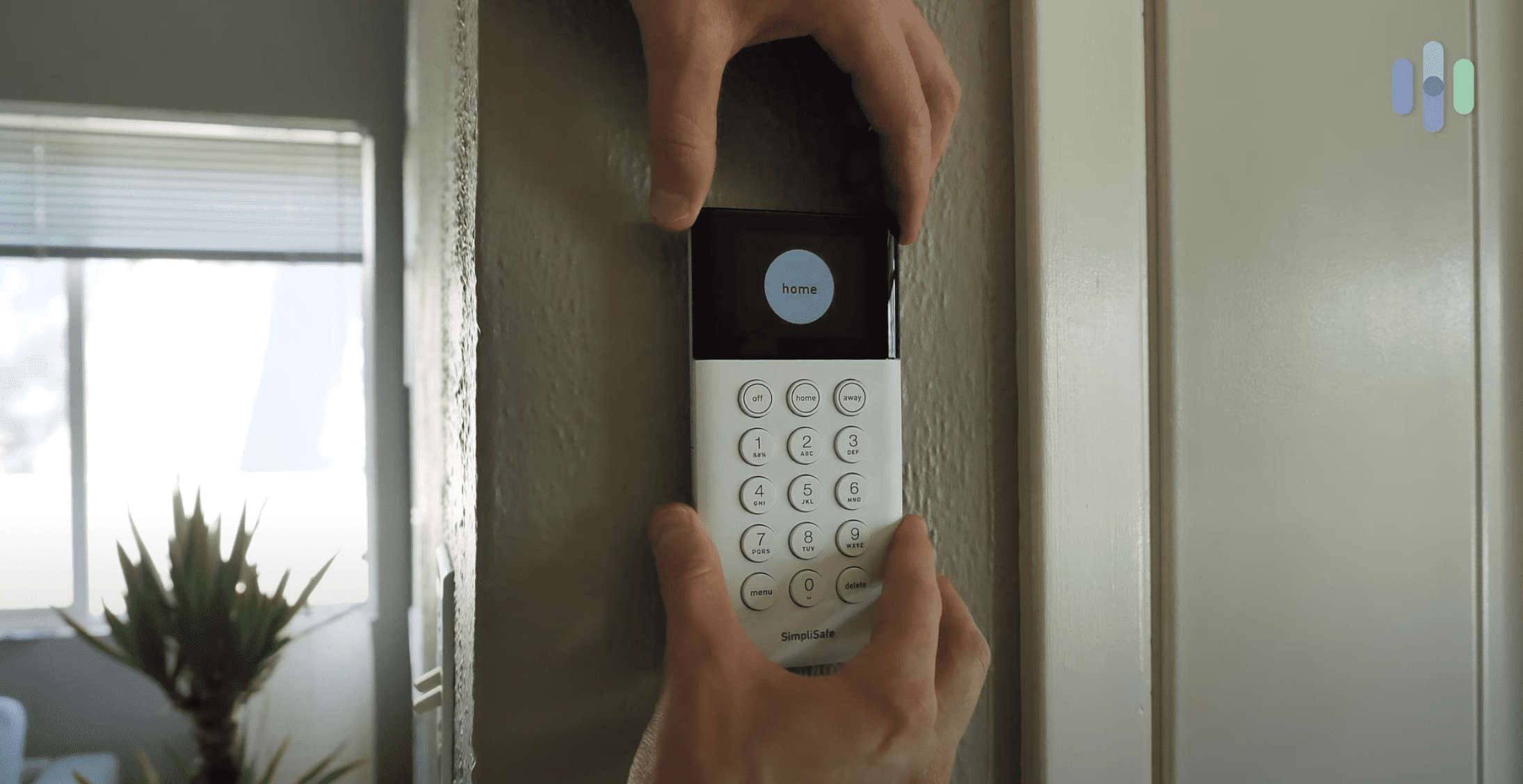
FYI: While cellular connections are reliable, hardwired security systems can be better – especially if you live in an area where you don’t get a great cell phone signal.
How We Come Up With Our Lists
Unlike some websites that churn out content with the help of ChatGPT or some other AI program, we put in the hard work to make sure our recommendations are based on real-life experiences. We also use our security expertise to establish the criteria we use when rating home security systems.
Because this list is about the best cellular security systems, we focused on key features like:
- Equipment Dependability: To be considered among the best, a home security system must have durable and dependable equipment.
- 24/7 Monitoring Options: It’s vital that monitoring centers use the cellular network to receive signals from your security system. Subscribing to a professional monitoring plan should allow your equipment to access cell towers and let security agents take action in an emergency.
- Reasonable Price: The total cost of a home security system includes the price of the equipment, installation fees, and monitoring costs. While some systems are more expensive than others, the most important part is getting good value for your hard-earned cash.
Once we established a list of great security systems, we looked specifically for what kinds of cellular features they offered.
Cellular Connection: Obviously, our first concern was whether or not a system offered cellular connection as an option.
Bonus Cellular Features: We also considered any special ways in which systems deployed their cellular technology. Some systems, for example, use cellular exclusively, while others offer it merely as a backup. There are even companies that provide cellular with all plans. Others require you to subscribe to a certain monitoring tier to access the cellular connection.
In short, we didn’t take our jobs lightly when it came to creating this list. You’ll see that we give you absolutely everything you need to make an informed decision.
Best Cellular Security Systems
- SimpliSafe - Best No-Contract System
- ADT - Best Professionally Installed System
- Vivint - Best Smart Security System
- Frontpoint - Best DIY Installed System
- Cove - Most Affordable System
Comparison Chart
| System |
SimpliSafe

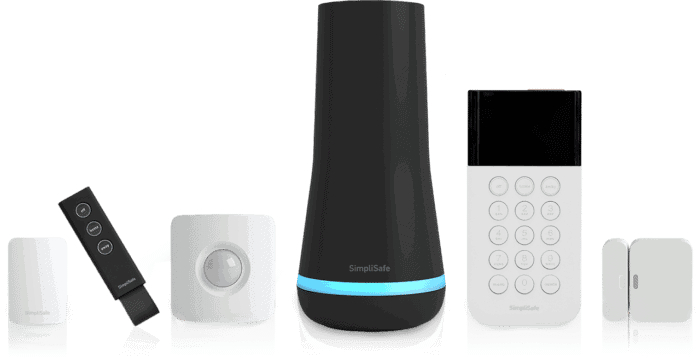
|
ADT

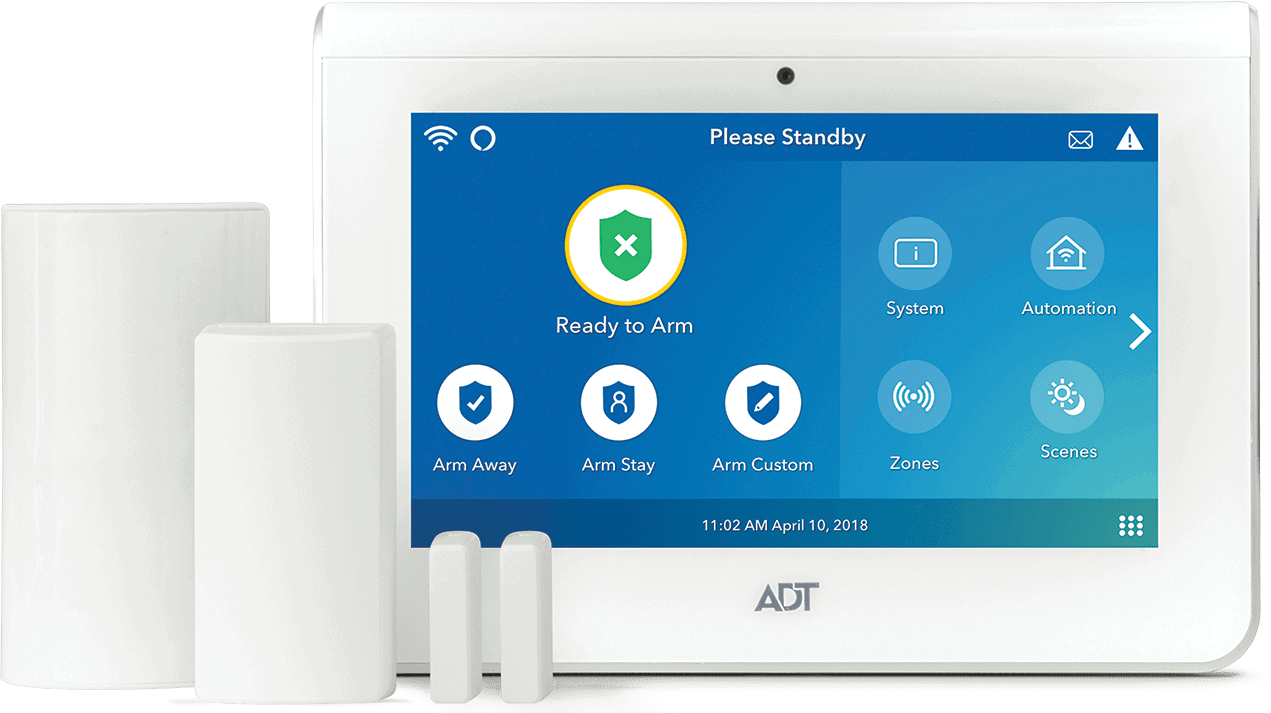
|
Vivint

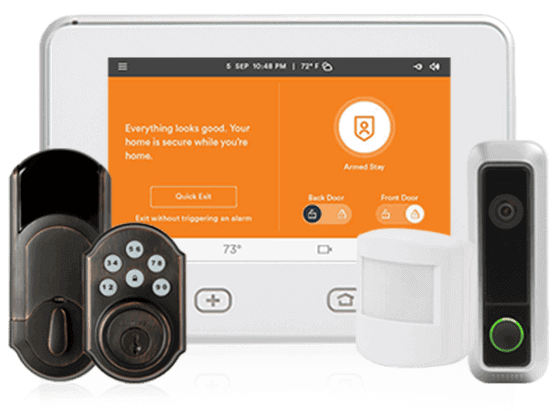
|
Frontpoint

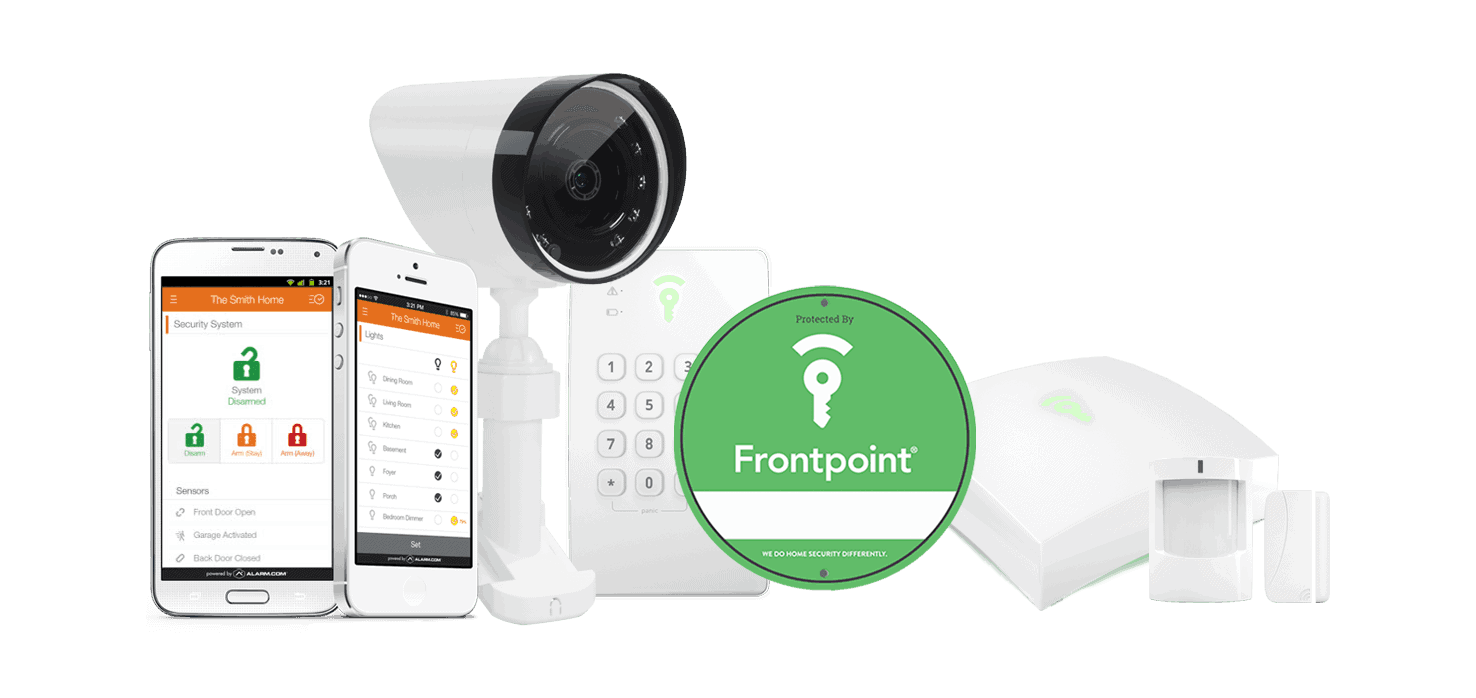
|
Cove

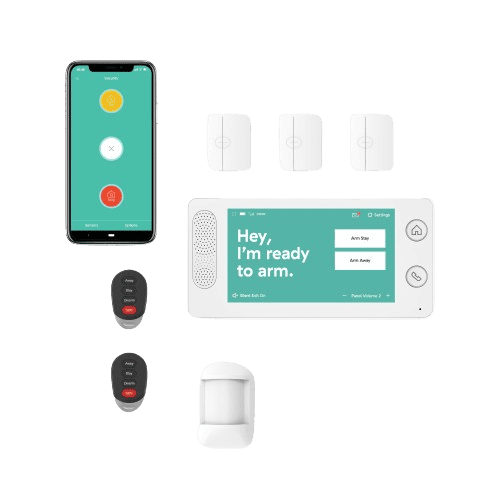
|
|---|---|---|---|---|---|
| Ranking | 1st | 2nd | 3rd | 4th | 5th |
| Ratings | 9.9/10 | 9.8/10 | 9.4/10 | 8.9/10 | 8.7/10 |
| Installation type | Professional or DIY | Professional | Professional | DIY | DIY |
| Monitoring options | Professional or DIY | Professional | Professional | Professional | Professional or DIY |
| Cellular backup | Yes | Yes | Yes | Yes | Yes |
| Contract lengths | 1 month | 36 months | 42 - 60 months | 1 - 36 months | 1 month |
| Read Review | SimpliSafe Review | ADT Review | Vivint Review | Frontpoint Review | Cove Review |
Detailed List of the Best Cellular Security Systems
-
1. SimpliSafe - Best No-Contract System
Product Specs
Equipment Costs Packages starting at $250.96 Monitoring Options Professional and DIY Monthly Monitoring Costs Starts at $21.99 per month Contract Lengths Month-to-month Installation Options DIY or professional Smart Platform Integration Alexa and Google Home Equipment
As a company that began with security systems for apartments and condos, SimpliSafe has a strong pedigree for protecting remote cabins and other properties. The company bundles its equipment into security packages of different sizes. The equipment is backed by dependable cellular capabilities, which can be the primary connection or a backup.
SimpliSafe equipment is also well-built both physically and technically. Our tests have shown SimpliSafe devices meet or exceed industry standards. While they don’t sell smart gear or flex built-in automations, its equipment does provide reliable home security.
FYI: We’re not afraid of commitment, but we prefer not to be locked into long-term contracts with security companies. SimpliSafe is one of the best contract-free home security systems that lets you change or cancel your monitoring plans as your needs change.
The SimpliSafe Base Station, third from the left, uses the cellular network to keep all our devices online >> Dig Deeper: Read our SimpliSafe Outdoor Camera review
Monitoring
SimpliSafe has four monitoring service options, plus two plans to monitor the system yourself. Although, with self-monitoring, you won’t get a cellular backup for your system.
We signed up for the $31.99 Core plan because of the Intruder Intervention feature. When a sensor or camera is triggered, our system contacts the monitoring service. A security agent can then check our camera feeds to see if there is a potential intruder, and even use the speaker and microphone on our Wireless Indoor Camera to communicate with whoever was in the house. It’s important to note that the SimpliCam or SimpliSafe Video Doorbell doesn’t work with Intruder Intervention; only the Wireless Indoor Camera does.
FYI: We tested if Intruder Intervention and video verification would work when SimpliSafe is running alerts through cellular signaling, but unfortunately, they didn’t. Our security system still sent alerts coming from sensors, but the agents couldn’t use our cameras to check on us without a working internet connection.
Price
SimpliSafe costs start with the equipment, which is always offered at a discount. At the time of writing, all SimpliSafe packages are 50 percent off. These discounts make their middle-of-the-pack retail prices downright affordable. For example, SimpliSafe’s cameras are already cheaper than ADT’s cameras, but with the discount, prices go down to about the same levels as the budget brand, Wyze. Monitoring fees also start at $21.99 a month, which is about what Ring charges.
Financing terms are the biggest downside when it comes to price. If you can’t pay for your system upfront, you only have 24 months to pay it off. If you buy a security system for $600, you’d need to pay around $25 per month. For comparison, ADT offers up to 60 months for financing, meaning a $600 system costs about $10 per month.
Pro Tip: SimpliSafe’s advantage as a DIY-installed system is that you can start off with a simple package you can afford to pay upfront and then add more components over time. You won’t need to schedule an installation appointment every time you add a new device like you would with ADT and Vivint. There are no installation costs, either.
What We Like
- Professional monitoring is optional
- Simple DIY installation
- Affordable equipment
- Works with Amazon Alexa
What We Don’t Like
- Limited camera selection
- No continuous recording options
- Doesn’t support Z-Wave
- Subscription required to integrate with smart home brands
We set up our SimpliSafe Outdoor Camera using the included magnetic mount. Our Experience Testing SimpliSafe
We’ve found that SimpliSafe hits the sweet spot between offering a bare-bones DIY system and a full-service home security solution. You can self-monitor your system without a subscription (which is needed for the cellular backup). We think it’s one of the better self-monitored systems we’ve tested. You can still get real-time alerts, stream live video, and scare off intruders with a blaring alarm. Additionally, as we note in our SimpliSafe FAQ, the DIY installation is exceptionally fast and easy.
We like the security of cellular backup, though. We went through a power outage during last winter’s blizzard, and we liked not having to spend that time worrying about break-ins. Freezing to death? Yes. Whether or not we could trust the water coming through our pipes? Absolutely. But not break-ins. If you want SimpliSafe’s cellular backup, you have to commit to a monitoring plan. The thing is, though, SimpliSafe offers 24/7 full-service professional monitoring for just two-thirds of what you’d pay with a company like ADT.
In simple terms — get it? — Simplisafe offers flexibility. When we needed to economize for a couple of months, we went with self-monitoring, but we always knew we could add the monitoring package when we wanted. And when we did, we still saved money over the premier services. In fact, you can save even more money if you can catch one of SimpliSafe’s sales. They seem to be running one all the time. Premium protection at a fraction of the price? We’re into that.
-
2. ADT - Best Professionally Installed System
Product Specs
Equipment Costs Packages starting at $269 Monitoring Options Professional and DIY Monthly Monitoring Costs Starting at $24.99 per month Contract Lengths Month-to-month or 36 months and up Installation Options Professional and DIY Smart Platform Integration Alexa and Google Home Equipment
ADT offers all the equipment you could ever need to keep your home safe, from door sensors to smart thermostats. Plus, you can even get some of Google Nest’s security cameras and smart home products from ADT. And we know, Google Nest is one of the best equipment providers in the smart security space.
You can install your own ADT system, which is a major change the company recently rolled out. However, we paid for professional installation to ensure we were getting the best performance out of our gear. Unfortunately, when we bought additional equipment two months into our testing, we had to pay for the installation service again.
Pro Tip: Take advantage of ADT’s free in-home consultation the first time you’re buying a system from them. That way, you get a better picture of what equipment you need for your home and get it all installed at once.
>> Compare: DIY vs Professional Installation
We used this ADT touchscreen panel to arm and disarm our system >> Learn More: Best Home Security Systems for Smart Homes
Monitoring
ADT’s monitoring options aren’t as flexible as SimpliSafe. In fact, if you get security cameras, you only have one professional monitoring plan available to you. On the bright side, no matter which plan you choose – whether it’s the $24.99 Secure plan, $29.99 Smart plan or $39.99 Complete plan – you can count on 24/7 professional monitoring with cellular backup.
ADT puts a strong emphasis on the “24/7” part. It added redundancies on top of redundancies to ensure the service is always up. ADT has 12 monitoring facilities in different states, more than any company out there… by a lot! Most companies have only one or two monitoring centers. On top of that, each ADT monitoring facility has backup servers, power, and communications. We can see there that ADT values reliability.
Additionally, ADT has a new method of monitoring called SMART. It’s a text-based alerting system designed to speed up response and reduce false alarms. Basically, you and your emergency contacts receive a text alert about 15 to 30 seconds before receiving a call and before emergency personnel are dispatched. That way, you can confirm or cancel alarms without much hassle.
Price
ADT’s home security systems typically cost between $200 and $1,500. Professional monitoring starts at $24.99 a month, but systems with security cameras require the $39.99 plan because it includes video verification and 24/7 streaming capabilities. If you buy an ADT package, you’re typically required to sign up for at least one month of monitoring.
While ADT isn’t a bargain brand, the company does try to keep its systems at approachable price points. We regularly see ADT offer temporary discounts or a free security device to its home security packages. There’s also a six-month money-back guarantee, which is much longer than the standard 30-day guarantee. Finally, ADT offers financing for its systems with terms as long as five years. But after all that, ADT still isn’t as cheap as SimpliSafe.
What We Like
- Same-day professional installation
- Works with Google Home
- Hub supports Z-wave devices
- Professional monitoring alerts police, firefighters, and paramedics
What We Don’t Like
- Doesn’t produce its own camera equipment
- Relatively expensive monitoring plans
- Video support is only available on the most expensive plan
- Requires 36-month contracts
We opted for Google Nest Cams over ADT’s security cameras. Our Experience Testing ADT
Our friendly ADT technician set our security system up for us. They scoped out our house and suggested the best camera placement and where to install indoor motion detectors. They were finished in a couple of hours and took us through the work they had done. The technician even helped us set up the app on our smartphone and showed us how to manage the equipment.
And make no mistake — our ADT equipment was very high-tech. That’s one reason we put ADT at the top of our list of best systems for smart homes. We had voice control of the entire system, and we were able to connect smart devices for even more comfort and convenience. We connected our Nest thermostat, for instance, to our garage door opener. That way the temperature was just right every time we got home.
Keep in mind that all ADT plans include cellular backup, so there’s no deciding between plans for that service. We always recommend professional monitoring, though, because it eliminates the possibility of your home getting completely ransacked just because you forgot to check your push notifications.
-
3. Vivint - Best Smart Security System
Product Specs
Equipment costs Starting at $599 Monitoring options Professional Monthly monitoring costs Starting from $30 per month Contract lengths Starting at 42 months Installation options Professional Smart platform integration Alexa and Google Home Equipment
Like ADT, Vivint offers a robust line of home security equipment. And what it doesn’t offer itself, it supplements through partnerships with other companies. You can purchase Phillips Hue Smart bulbs through Vivint, for example, and the system works with Kwikset smart locks.
But Vivint’s own equipment is some of the best we’ve seen in the industry. The outdoor camera features a 4K image sensor for superior image resolution and the touchscreen Smart Hub can display live footage, almost like an Amazon Echo Show 8. But before you get too excited, you need to consider how much everything is going to cost. Vivint’s equipment is expensive, which is probably why they don’t advertise prices on its website. So have to be extra careful that your eyes don’t get too big for your wallet.
Our Vivint Base Hub is one of the few touchscreen panels we’ve tested that displays security camera footage >> Read More: Vivint Outdoor Camera Pro review
Monitoring
You need an active monitoring subscription for your Vivint system to function. If you cancel your subscription, it mostly bricks your system. That’s usually a drawback, but in the context of cellular home security systems, it really isn’t. A Vivint monitoring subscription includes cellular capabilities, and all of the cellular-capable systems on this list require some type of subscription plan.
We’d also like to point out that a monitoring subscription includes smart home automations. We have found that Vivint’s automation capabilities far surpass any other system on this list. If your cellular system is being used to secure a remote property, those automations can be used to make it look occupied when you’re away and ward off trespassers by triggering lights.
>> Compare: Vivint vs. ADT
Price
Vivint’s monitoring plans are a bit of a mystery. What we know for sure is that prices start from $30 and can be as high as $50. So it’s on par with ADT’s professionally installed monitoring plans. The final cost depends on if you need automation features and cloud storage. The total number of devices is also a factor.
Speaking of the equipment, its prices can’t be found on Vivint’s website either. Our consultant told us that a low-end system can set you back $800. But to protect larger homes, you might pay up to $2,000. Ours was somewhere in the middle – $1,200. Fortunately, you can finance the equipment and combine the costs with the monthly monitoring fee so it doesn’t drain your bank account.
FYI: Vivint only gives you three days to decide whether you want to remain a customer. As we mentioned earlier, SimpliSafe has a 60-day money-back guarantee and ADT gives you six months.
What We Like
- User-friendly app
- Responsive professional monitoring service
- Works well with both Amazon Alexa and Google Home
- Every system comes with professional monitoring
What We Don’t Like
- No free trial
- Proprietary equipment won’t work with other systems or services
- Expensive monthly monitoring
- Fee required if you need to move
The Vivint Outdoor Camera Pro (Gen 2) LED ring changes color when intruders are detected Our Experience Testing Vivint
Vivint might have the best equipment out there, if you can afford it. You’re not going to do much better than locks that can keep track of who comes into your house. We were able to let the dog sitter in with our app, and we were in Spain at the time. Everything is smart, and everything is connected. The company installs it all professionally, and you can be sure you’re safe, whether you’re out on the town or in bed fast asleep.
>> Check Out: Best Security Systems for Pet Owners
As if all those features weren’t enough, Vivint uses a cellular system to connect everything. Not cellular as a backup; cellular as the primary means of communication. As long as you live somewhere with a strong cellular signal, you really can’t get any more reliable. Of course, if you do live in a more rural area, we’ve got you covered with our list of the best home security systems for rural areas.
Of course, Vivint expects you to pay handsomely for its technology and services. Even more, in the long run, than you’d pay with ADT. A Vivint system comes with other drawbacks as well. There’s a fee if you decide to move. There’s an even bigger fee if you should decide to cancel before your contract’s up. Still, if money is no object, there aren’t many home security systems better than Vivint.
-
4. Frontpoint - Best DIY Installed System
Product Specs
Equipment Costs Starting at $69.00 Monitoring Options Professional only Monthly Monitoring Costs Starting at $14.99 Contract Lengths 1-36 months Installation Options DIY Smart Platform Integration Alexa and Google Home Equipment
Frontpoint’s equipment range isn’t as broad as Vivint’s, which we describe in our Vivint vs. Frontpoint comparison. However, Frontpoint offers all the essential sensors and cameras. It also sells a smart door lock and wireless light control.
We’re particularly impressed by the durability of Frontpoint’s cameras. They boast an IP66 rating that indicates they are dust-proof and able to withstand water projected from a hose.
Our Frontpoint System doesn’t look as modern as other systems, but it’s just as reliable. Monitoring
If you include a camera with your home security bundle, Frontpoint automatically adds its Ultimate monitoring plan for $49.99 per month. You can get cheaper plans, but you have to call to discuss them. The Interactive Monitoring plan ($45.99 per month) still includes professional monitoring, and the Video Only plan ($14.99) is essentially a self-monitoring plan.
You might have noticed that there’s only a $5 per month difference between the Ultimate plan and the Interactive Monitoring plan. That’s because the two plans are largely the same. The only difference is the inclusion of Video Analytics with the Ultimate plan, which includes facial recognition technology. The feature can significantly cut down on unnecessary notifications.
>> Check Out: Frontpoint FAQs
Price
Frontpoint’s pricing revolves around low prices for equipment packages and the ability to add components. Frontpoint lists the full price of its Essential system at $386.93, but the package has been discounted to $69 for more than six months. You won’t find a full-service system for a price like that anywhere. You’ll pay a little more for monitoring, though. Frontpoint advertises its Ultimate Plan for $49.99. If you want a cheaper option, you’ll need to call up to discuss.
>> Go Head-to-Head: Frontpoint vs. ADT
What We Like
- Upfront pricing
- Weatherproof cameras
- Great customer service
- Support for Z-Wave technology
What We Don’t Like
- Doesn’t allow for DIY monitoring
- Expensive monitoring plans
- DIY installation takes more time than with other systems
- Adhesives sometimes ripped paint off our walls
Although some Frontpoint equipment requires an outlet, none of them need to be hardwired to your home. Our Experience Testing Frontpoint
As a full-service home security company, Frontpoint provides a different experience than companies that emphasize DIY. Your subscription maintains Frontpoint’s connection, which is 100 percent cellular. Therefore, you don’t have to worry about switching back and forth from a Wi-Fi connection. This means a more reliable signal between your system, Frontpoint’s monitoring center, and your mobile devices.
The thing is, we didn’t just get a cellular connection when we signed up with Frontpoint. We also got full integration with Alexa and Google Home ecosystems, including control of our system through both the Frontpoint app and voice commands. And in addition to cellular, Frontpoint provided Z-Wave technology as a way to connect all our equipment together. Z-Wave allows different brands of smart home devices to communicate with one another, so, for example, we had no problem getting our Nest thermostat to connect to our Frontpoint locks. Plus, with Z-Wave, every device is connected to every other device, so we knew our system wouldn’t go down if one component stopped working.
Frontpoint used to push its $50 per month Ultimate plan as pretty much the only monitoring option, but it recently posted two lesser tier plans on its site. The catch is: You still have to call the company to get them. That being said, we haven’t come across any home security company with better customer service than Frontpoint. Friendly, knowledgeable help is just a call away — whether you’re dealing with an emergency situation or just need to get a smoke alarm to stop beeping.
>> Go Head-to-Head: Frontpoint vs. ADT
-
5. Cove - Most Affordable System
View Packages Links to CoveProduct Specs
Equipment Costs Systems start at $90 Monitoring Options Professional only Monthly Monitoring Costs Starting at $19.99 per month Contract Lengths Month-to-month Installation Options Professional or DIY Smart Platform Integration Alexa and Google Home Equipment
Cove offers a basic range of equipment, including touch-screen panels, door sensors, motion detectors, cameras, and environmental monitors.
These devices have recently been upgraded, including the security cameras. Cove’s new indoor camera uses AI to determine if a human or pet is loitering in your living room. The outdoor cameras also have person detection and can record video in 2K resolution. Both products come from Eufy, who has a good reputation for producing reliable security cameras. You can check out our Eufy camera review to find out more.
Our Cove Security System and cameras unpacked and ready to be installed. Monitoring
Cove maintains six different monitoring stations in the U.S. for fast emergency response times. In fact, we found that emergency personnel arrived an average of three to four minutes faster with Cove than with any other company on this list. When every second counts, that’s a pretty valuable statistic. Considering Cove has a self-monitoring service with camera streaming for around $10 a month, we’re comfortable paying extra for professional monitoring and getting these types of results.
Price
Cove’s best feature is its prices. The new equipment is a step in the right direction, but it doesn’t offer the same expansive range as SimpliSafe, ADT, or Vivint. However, you’re almost guaranteed to get a good deal on these products considering every time we visit the Cove website the company is running a sale. We’ve seen prices slashed by up to 70-percent.
But for this equipment to work, you’ll need to pay for a subscription. The good news is all three Cove plans are affordable. There is the $10 self-monitoring package we mentioned earlier, and then there are the professional monitoring plans. Cove Basic is $19.99 and Cove Plus is $29.99. Both come with 24/7 alarm monitoring, environmental alarms, and cellular connections. If you’re buying some of those Eufy cameras we mentioned earlier, you’ll need to pay for Cove Plus to gain video support.
FYI: There are no contracts with Cove security systems. You can pay month to month and cancel any time without worrying about a huge termination fee.
What We Like
- Affordable monitoring plans
- No contract necessary
- Easy DIY installation
- Works with both Alexa and Google Home
What We Don’t Like
- Requires a subscription for the equipment to work
- You have to pay extra for cloud storage
- Limited equipment options
- Equipment can be large and unwieldy
Our Cove Panel gives us a countdown before the system is armed. Our Experience Testing Cove
If you’re looking for full-service 24/7 professional monitoring that includes cellular backup, but you want a price that’s a little more affordable than some of the big names like ADT, Cove may be right up your alley. Cove’s equipment isn’t as state-of-the-art as ADT or Vivint. But everything worked as advertised, and we were impressed with the upgrades Cove has made to its product range.
The company’s professional monitoring certainly made us feel safe as well. During the winter, a pipe in our basement burst, and we were notified immediately, which meant we were able to minimize the flood damage. And while we weren’t able to set up a lot of fancy routines, Cove did integrate with both Alexa and Google Home, so we were able to turn our systems on and off using just a voice command.
Most important of all, though, we got a rock-solid home security system with monitoring we could count on, and we didn’t have to pay through the nose for it. In our book, $29.99 per month is absolutely worth it to ensure that someone always has eyes on our home. We know when we’re at the movies, that someone will take care of it. But even when we’re home enjoying a nice dinner or taking a hot bath, we don’t have to worry about security. It’s in professional hands.
FYI: Another nifty feature of Cove’s security cameras is they include local storage. You can even upgrade the capacity to a maximum of 128 GB with a microSD card. If you prefer cloud storage so you can access video events from anywhere, Cove charges $2.99 per camera per month for this service.
The Added Security of Cellular Systems
We’re not sure about you, but in an emergency, we want monitoring centers to know as fast as possible that we’re in trouble, and just what sort of trouble we’re dealing with. We know cellular systems transmit information faster than landlines and Wi-Fi. But other benefits are:
- Unlike Wi-Fi systems, cellular systems rarely go down.
- Unlike landline systems, cellular system access points can’t be cut.
- Cellular is the most streamlined connection type.
We also know that cellular-based systems are safer than Wi-Fi-based ones. Don’t get us wrong — Wi-Fi systems are secure. As long as you protect it with passwords and a top-tier VPN, you should be safe from any type of intrusion. But you don’t have these worries if you’re using a cellular-based security system as they are secure by design. The Federal Communications Commission (FCC) sets rigid standards for cellular encryption, which means no one should ever be able to hack into your security system.
You don’t have these worries if you’re using a cellular-based security system. Cellular networks are secure by design. The Federal Communications Commission (FCC) sets rigid standards for cellular encryption, which means no one should ever be able to hack into your security system.
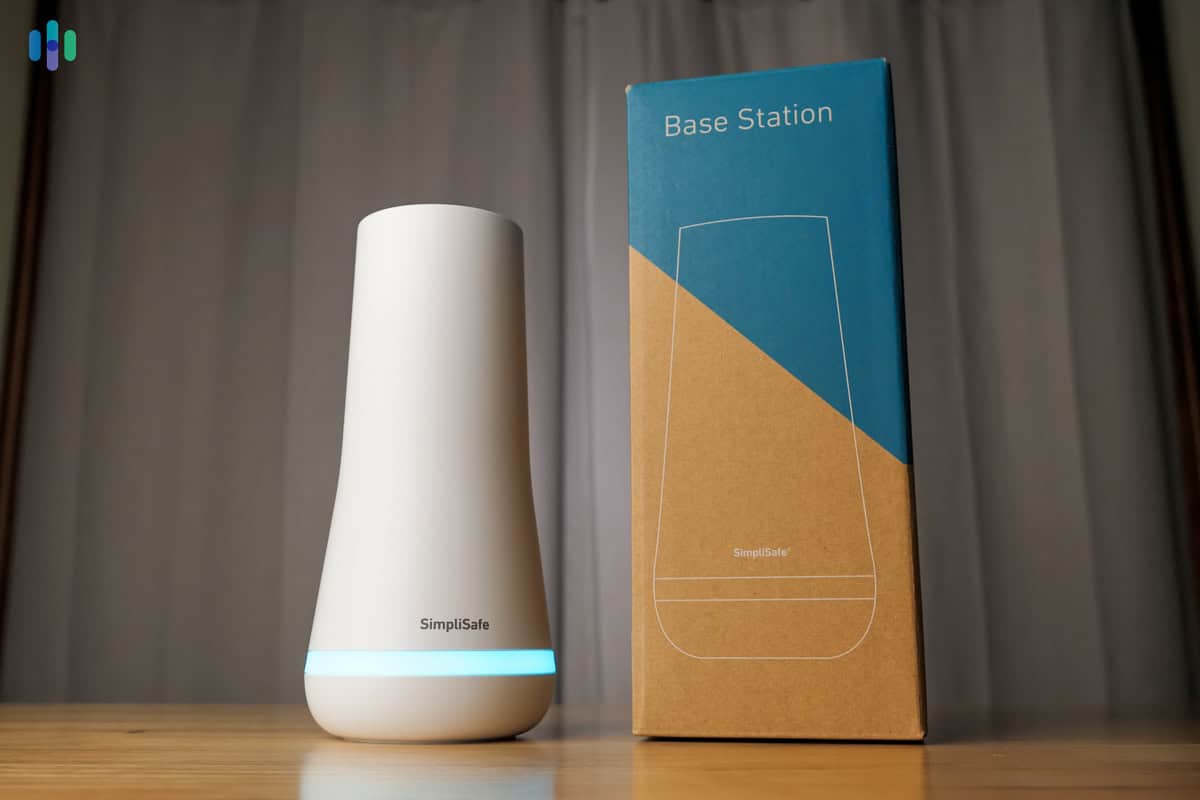
The Important Questions to Ask When Choosing Cellular
A home security system is a serious purchase and you shouldn’t make any firm decisions until you’re certain you’re getting a product that will keep your family as safe as possible. With that in mind, there are some important questions to ask during your search.
Is cellular right for your situation?
We’ve already talked about the many advantages of cellular systems over landline and Wi-Fi systems. But there are some disadvantages as well. Perhaps the most important of these is the fact that cellular networks still don’t extend everywhere in this country. There are plenty of rural areas where cell coverage is weak or nonexistent. If that’s the case where you live, cellular won’t be an option.
You should also be aware that cellular systems generally cost more than landline and Wi-Fi systems. That’s true in terms of equipment. It’s also true in terms of monthly monitoring. You likely already pay for some form of broadband. Paying for a special cellular line for data usually means an extra charge each month.
Pro Tip: RVs offer freedom and adventure, but they also need reliable security—whether parked at a campsite or in storage. A home security system designed for RVs can protect against theft, monitor for break-ins, and even alert you to fire or carbon monoxide risks.
How do you define reliable?
Assuming you live where there are plenty of cell towers nearby, your next decision is whether you want a fully cellular system or one that uses cellular as a backup. The answer to this question will depend on how you define reliability. Cellular systems are generally more reliable than Wi-Fi, so a system that relies solely on cell coverage will almost always protect you better than a system that only uses Wi-Fi.
However, in the unlikely event that your cellular coverage goes out, you won’t have a backup. As a result, we recommend you invest in systems that use Wi-Fi but offer cellular as a backup. This way you have two options, increasing the chances that at least one of them will be functional at all times.
What to Look for in a Cellular Security System
Once you’ve determined whether you need a cellular or cellular backup system, you’ll want to consider the other important factors in choosing a quality home security system, things like:
- Equipment: Does the system you’re interested in offer all the equipment you need, and can you count on that equipment to work in every situation? If you live in a harsh climate, for instance, can you be sure your outdoor camera will resist the elements?
- Monitoring: Does a given company offer the type of monitoring you’re looking for? If it offers professional monitoring, how many monitoring centers does it have? What’s the typical response time for getting emergency personnel to your home? And what do other customers have to say about its customer service? If you’re looking at self-monitoring, how much control do you have over your system? Will you receive real-time alerts, and can you check video footage?
- Installation: Is installation simple enough that you can handle it yourself, or are you going to need to opt for professional installation? And if you do go with professional installation, what costs will be added to your system?
- Price: And speaking of cost, prices do matter, even with something as essential as home security. Obviously, you want to start by considering your budget and what you can afford. In addition, though, you always want to think in terms of value. Just what are you getting for the money you’re paying?
- Apps: You know how frustrating it can be when an app doesn’t work the way it’s supposed to or when it’s confusing to use. Intuitive interfaces are even more essential when you’re dealing with home security. The last thing you want when you’ve received an alert about trouble at home is a confusing app.
- Customer Service: This may not be at the top of your list of worries, but again, when you’re dealing with home security, it’s crucial that your provider be responsive, knowledgeable, and professional.
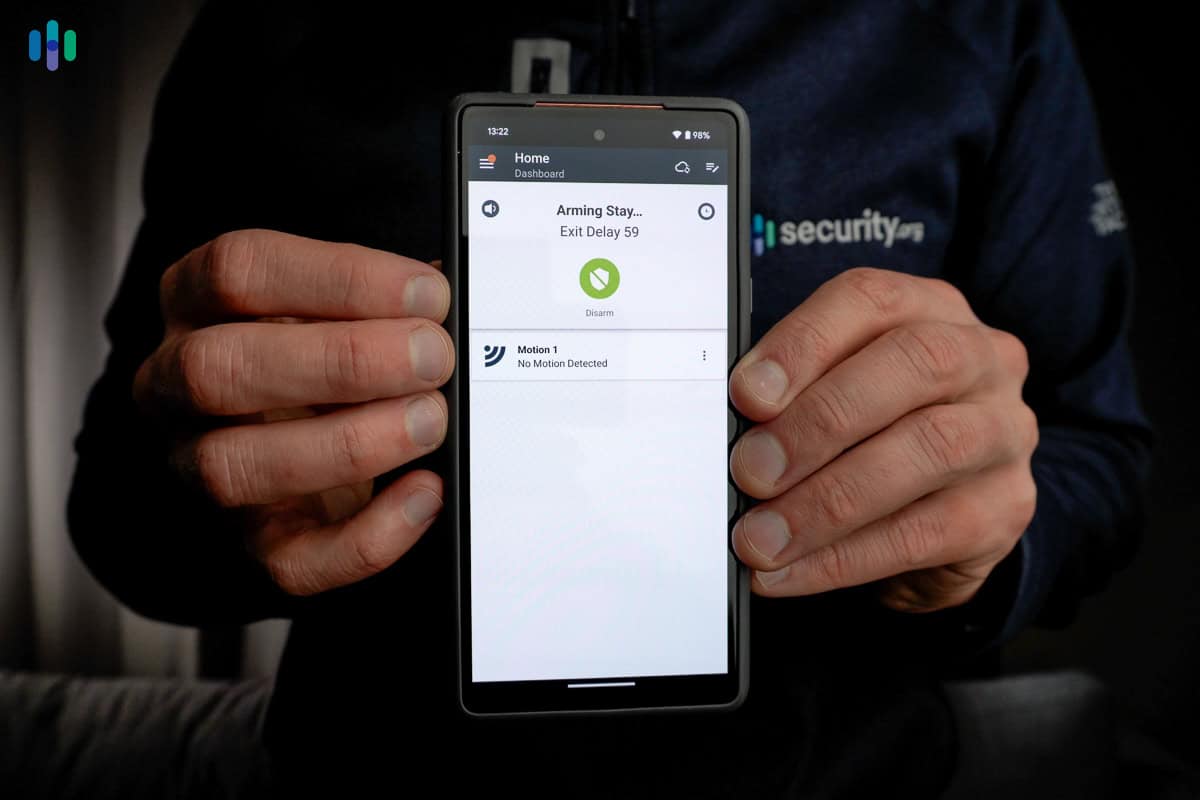
Why We Recommend Professional Monitoring
We’ve talked about it a little already, but it certainly bears repeating: we always recommend full-service 24/7 professional monitoring. Why? It’s simple really: we just can’t monitor our homes ourselves all the time.
We’re also not trained to respond to emergency situations. We prefer to leave it up to professionals to keep an eye on things. They know exactly what to do if there’s a problem.
We get it: it’s not always easy to afford professional monitoring, and you’re always better off installing a DIY system over no system at all. If that’s the route you take, though, we might suggest going with a system that at least offers professional monitoring. That way, when you go out of town for the summer, you can always sign up for a month of service, just to protect things while you’re away.
Recap
Must your home security system have some form of cellular connectivity? No. In most situations, a Wi-Fi or hardwired system will work fine. But you never know. The fact is, nothing is more reliable than cellular, which means that if you’re looking for the safest possible security system, you really need one that offers cellular — at least as a backup.
Luckily, there are plenty of great systems out there that include some form of cellular, so you have choices. Which one’s right for you? Well, that will depend on what combination of other features you want in your home security system. We feel confident, though, that the system you’re looking for is somewhere on this list and that now you have enough information at your fingertips to make an informed decision.
Frequently Asked Questions
Don’t go away just yet. We’ve taken the time to answer some of your most commonly asked questions about cellular home security systems, and you can never know too much.
-
Why invest in a cellular home security system?
You should invest in a cellular home security system because it provides the most reliable type of connection. In order to keep you safe, your home security system needs to be able to communicate with the outside world. It either needs to connect to a professional monitoring center, or it needs to be able to send you alerts — or both.
-
What are the best cellular home security systems?
The best cellular security systems are ADT, Vivint, Cove, Frontpoint, and SimpliSafe. Overall, we liked SimpliSafe the most as it connects to the Verizon network and can stay online for up to 24 hours when the power is out. But really, the best cellular security system depends on what you’re after.
-
How much do cellular home security systems cost?
Cellular security systems cost around $200, typically, depending on the brand, the size of the system, and the technology. In most cases, you can have your security system financed by the alarm company’s financing partner, which will divide the cost into 36 to 60 monthly installments. Aside from the equipment cost, there will be a monthly charge for professional monitoring. The cost also depends on the company offering the service, but among our top picks, Cove has the lowest monitoring prices, starting at $19.99 per month. SimpliSafe, ADT, Vivint, and Frontpoint monitoring all fall within the $30 to $60 per month price range.
-
Do you need a landline or internet connection to use cellular security systems?
You don’t need a landline or internet connection to use cellular security systems. They use built-in cellular chips to communicate alerts to monitoring centers. However, there are security systems that use two or more communication methods. In such cases, you can connect the security system to your landline or internet and it will use its cellular chip as backup.
-
Can you use cellular home security systems without a monthly fee?
You can use cellular security systems without a monthly fee if the alarm company allows self-monitoring for free. With a self-monitored system, the user is responsible for resolving alerts, including calling the police if necessary. However, to make the most of the cellular connectivity, we recommend getting professional monitoring.


